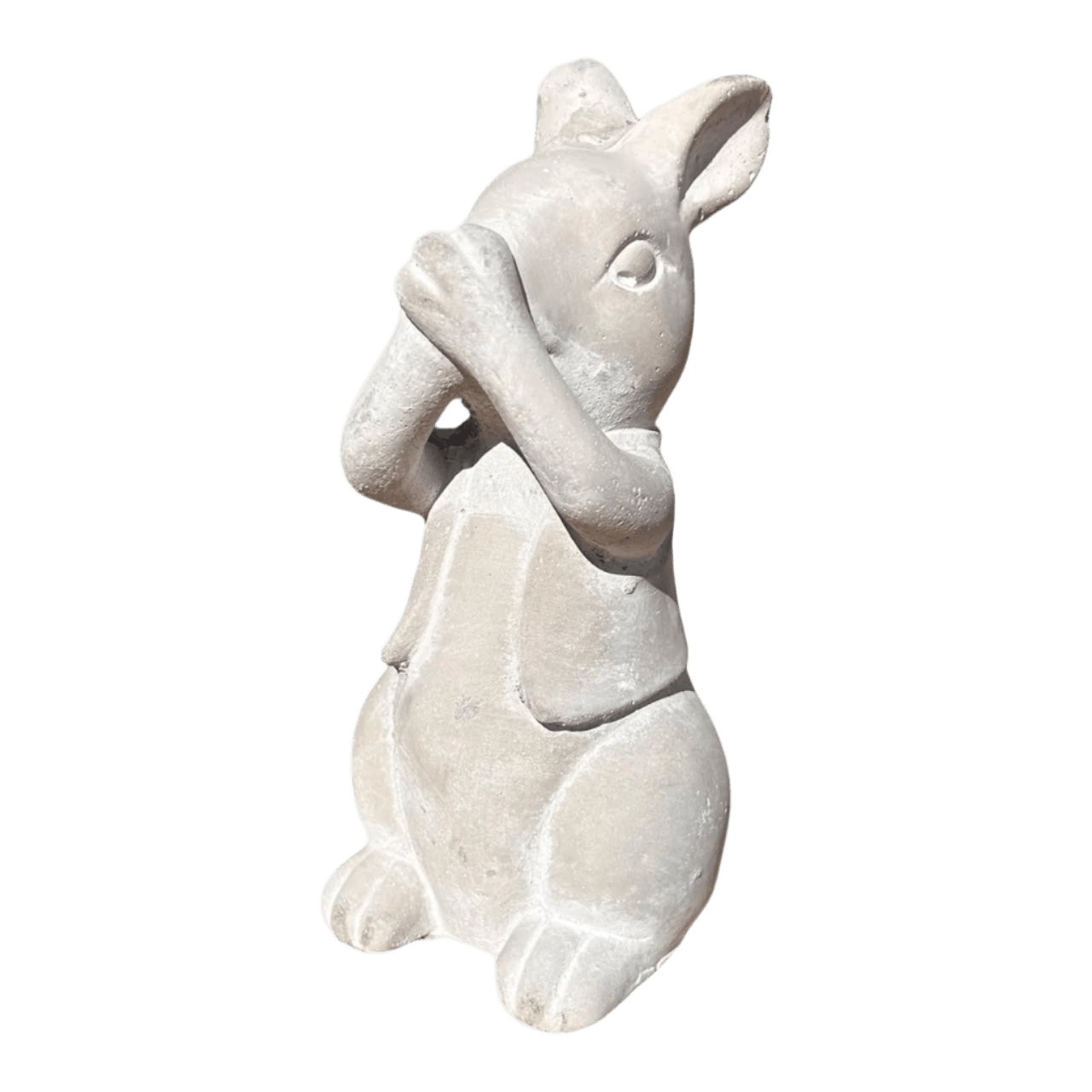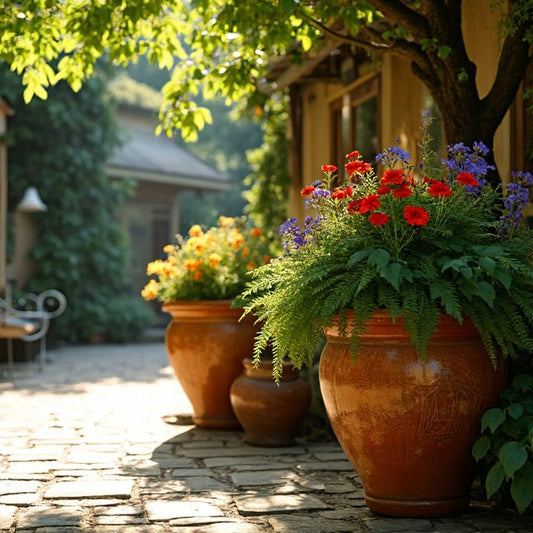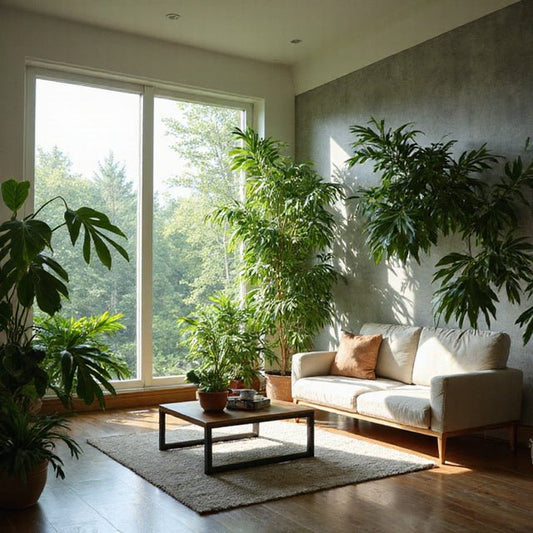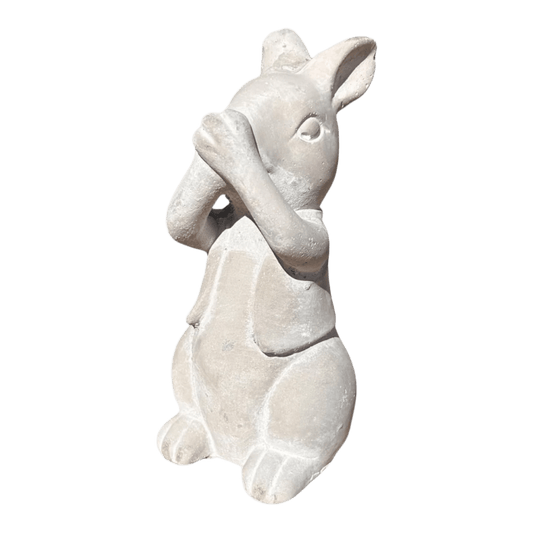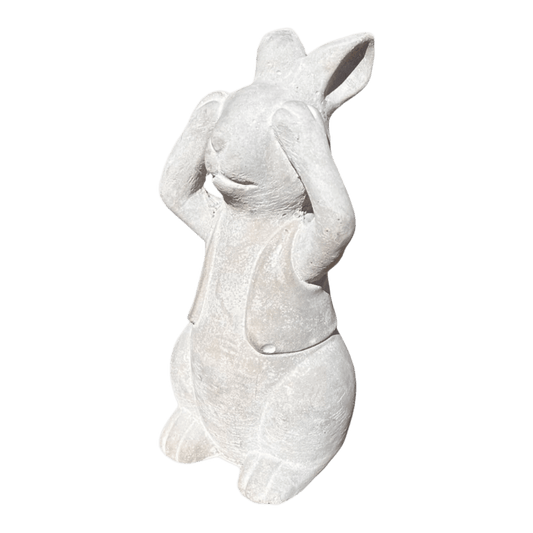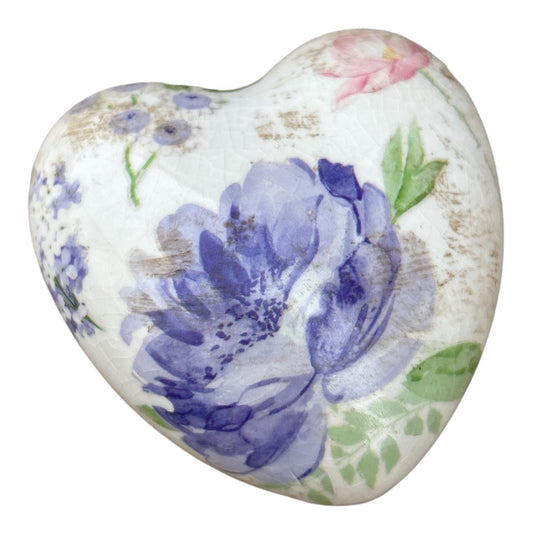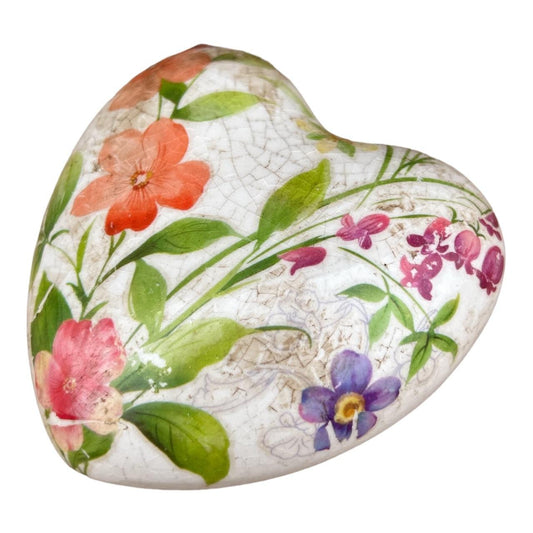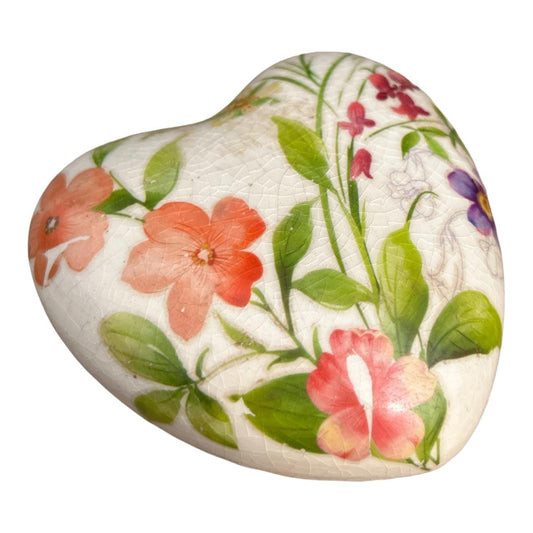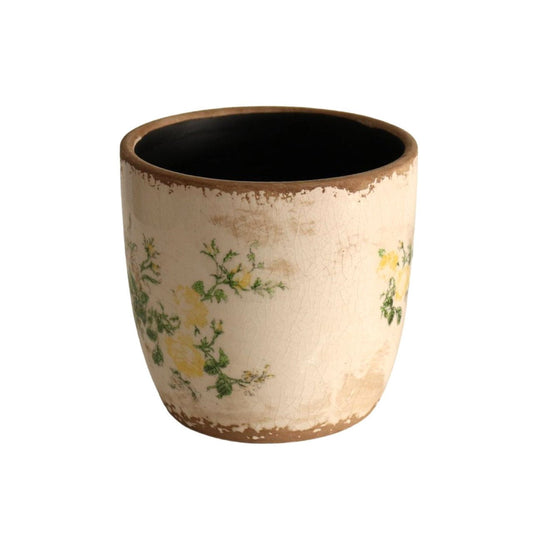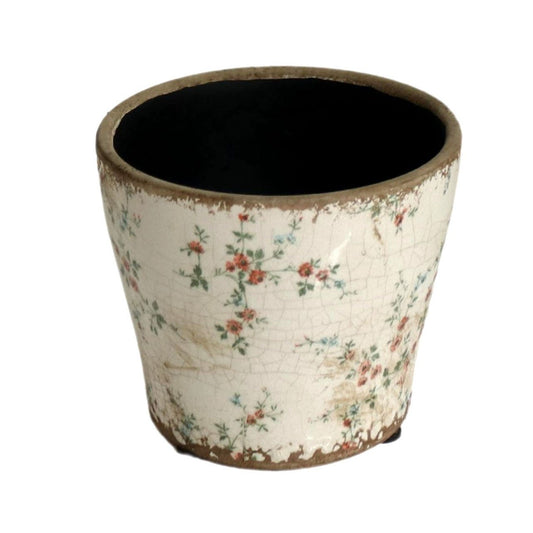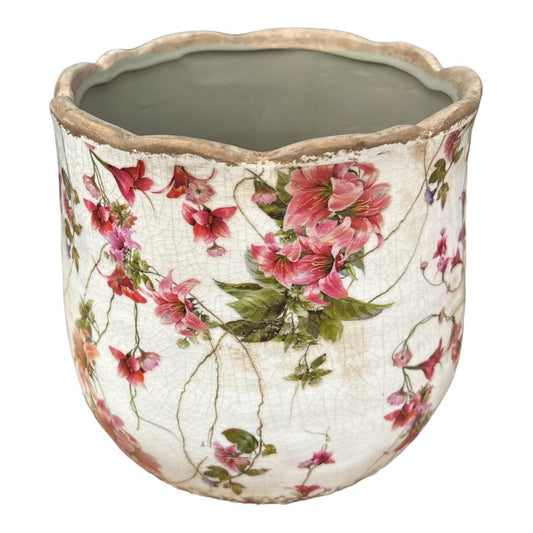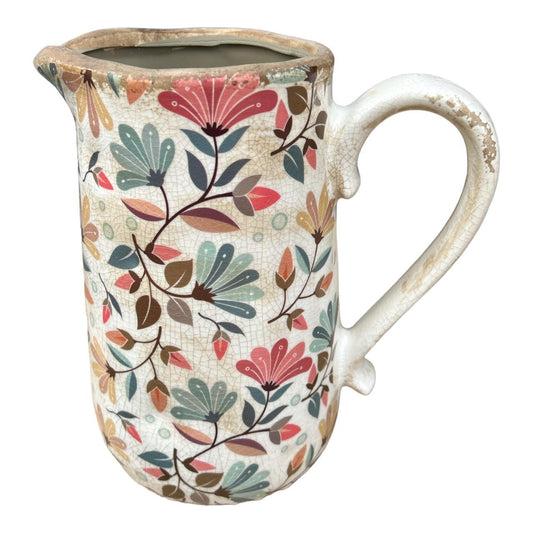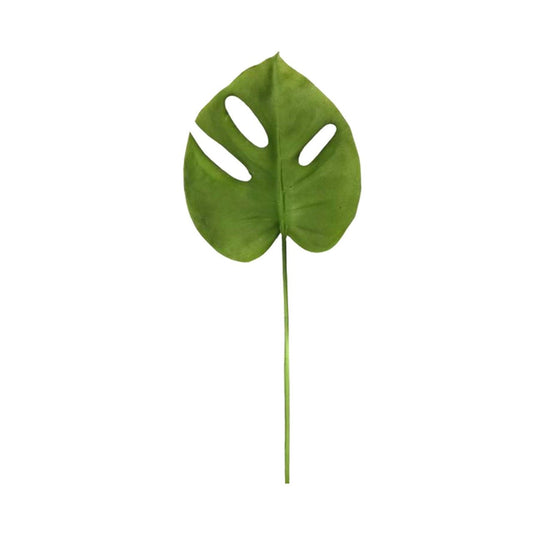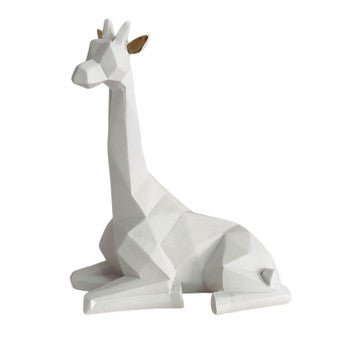
Elevate Your South African Home Decor with the Perfect Flower Vase from Future Decor
Here in South Africa, where flowering jacarandas line our streets in spring and proteas proudly fill local bouquets, the humble flower vase is more than a vessel — it's a statement piece. Whether you’re setting the table for Sunday lunch with family in Pretoria or brightening up a small Cape Town flat, choosing the right vase can instantly elevate your entire décor look. At Future Decor, we believe that the perfect flower vase doesn’t just hold stems — it holds stories, moods, and local style.
Key Takeaways
- Vase material affects both aesthetics and maintenance — glass, ceramic, and metal are top SA favourites
- Change your flower water every 2–3 days to keep blooms fresher for longer
- Trim stems at a 45° angle each time you refresh water for better hydration
- Don’t toss dull vases — cloudy glass can often be revived with denture cleaner
- Vases aren’t just for fresh flowers — use them with dried stems or as standalone art pieces
- Tall vases are perfect for roses and proteas; wide ones suit mixed garden bouquets best
Not sure which vase matches your room's vibe? Try our interactive flower décor planner below to style your bouquet virtually before buying.
🌸 Find Your Flower Vase Match
Select your flower type and room style to preview the perfect vase vibe.
Choosing the Right Flower Vase for Your Space
Common Flower Vase Materials
South Africans love their home-grown blooms, and the vase you place them in matters just as much. Glass vases are beloved for their elegant transparency, making them ideal for proteas or water-filled bulb arrangements. Ceramic and porcelain vases bring a rustic or vintage touch — think Karoo cottage or French farmhouse. For a bolder aesthetic, metal vases (especially in bronze or matte black) add a sophisticated, sculptural edge.
Which Vase Style Suits Which Flowers?
It’s not all about the material — shape matters too:
- Tall, narrow vases: Best for roses, proteas, or lilies
- Wide, rounded vases: Perfect for hydrangeas or mixed garden bunches
- Bud vases: Great for minimalist single-stem statements
"For bulkier flower heads like hydrangeas or old-fashioned roses, I always go for low, wide mouth ceramic vases – they offer better support and just look more balanced on a dining table in Joburg." — Thandi M., interior stylist
Keeping Your Flower Vases Clean and Fresh
There’s nothing worse than murky water or that unmistakable vase slime. Regular upkeep not only keeps your surfaces tidy but helps your flowers stay vibrant longer. Try this:
- Rinse thoroughly with detergent and a bottle brush
- For stubborn stains, dissolve a denture cleaner tablet in warm water and let it soak overnight
- Replace flower water every 2–3 days to minimise bacteria build-up
- Always remove dead petals and trim stems at a 45° angle before refilling
"I use a mix of sugar and a drop of bleach in my vase water – it’s an old-school florist trick that works wonders on fresh proteas." — Sipho L., florist from Durban
Ways to Use Flower Vases Beyond Cut Flowers
Who says vases are just for fresh bouquets? Give yours a second life with dried wildflowers, artificial sprays, or even let the vase shine on its own as a sculptural art piece. Our artificial flowers collection is perfect for this!

Comparison Table: Vase Materials and Their Best Uses
| Material | Best For | Care | Décor Vibe |
|---|---|---|---|
| Glass | Long-stemmed flowers | Easy to clean, check often for slime | Modern, classic, transparent |
| Ceramic | Full bouquets, dried branches | Wipe with gentle cleaner | Rustic, vintage, bold colours |
| Porcelain | Minimalist arrangements | Handle with care | Elegant, luxe, detailed patterns |
| Metal | Dried or no flowers | Dust regularly, avoid rust | Contemporary, sculptural |
Still shopping? Browse our full collection of flower vases, or check out the rustic ceramic vase we styled above. Also don’t miss our guide on adding bold red vases to your décor — a trending favourite from Cape Town to Polokwane.
Frequently Asked Questions
What types of flower vases are commonly used for bouquets?
Common types include glass, ceramic, porcelain, and sometimes metal vases. Each material offers different aesthetics and cleaning requirements.
How do I clean a flower vase effectively?
Use a denture cleaner dissolved in water to remove deposits, or wash thoroughly with detergent and a bottle brush. For stubborn stains, repeat as needed to keep the vase spotless.
How often should I change the water in a flower vase?
Change the water entirely every 2–3 days to keep flowers fresh and prevent bacteria growth, which can cause bad odors and shorten flower life.
Should I trim flower stems before placing them in a vase?
Yes, trim at least half an inch off the stems at a 45-degree angle before placing flowers in water and each time you change the water to help them absorb water better.
What can I do to make cut flowers last longer in a vase?
Use clean water with flower food or homemade additives like a pinch of sugar and a few drops of bleach, keep the vase in indirect sunlight, and remove any dead blooms promptly.
Can flower vases be used for arrangements other than cut flowers?
Yes, vases can hold dried flowers, artificial flowers, or even be used decoratively without flowers depending on style preferences and occasion.
How do I avoid cloudy or dull glass vases?
Regularly clean the vase to remove slimy deposits left by flower water and avoid build-up by changing the water frequently and scrubbing the inside with appropriate tools.
Are there specific vase styles better suited for certain flower types?
Yes, tall vases are ideal for long-stemmed flowers, while wider, shorter vases work well for fuller bouquets or mixed arrangements to provide proper support and display.
